Henry Proudhon, winner of the David Embury 2024 Prize: a passion for materials science
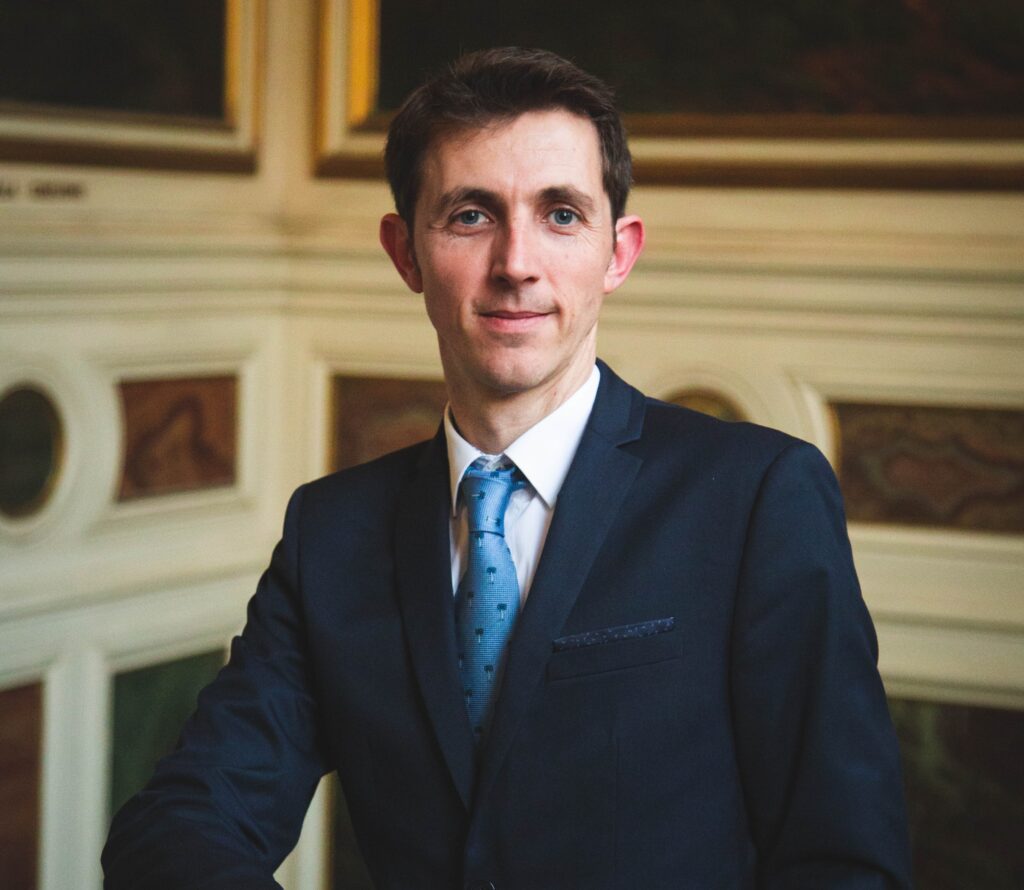

On March 15, the SF2M Awards and Medals Committee met to select the 2024 winners, and Henry Proudhon was awarded the David Embury Prize. This prize, recognized in the field of metallurgy and materials, is awarded to researchers who have made a significant impact on the teaching and dissemination of scientific knowledge in this field.
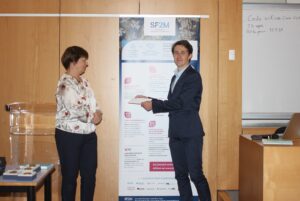
Henry Proudhon at the presentation of the David Embury 2024 medal on November 18.
Henry Proudhon, a teacher-researcher at the Centre des Matériaux de Mines Paris – PSL, stood out for his innovative approach to teaching, notably through the “Games of Drones” module, offered as part of the MECAERO training program. This program, which has been a great success with students, combines materials and fluid mechanics, enabling students to learn mechanics by immersing themselves in the design and production of drones.
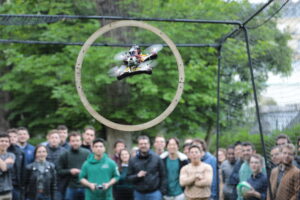
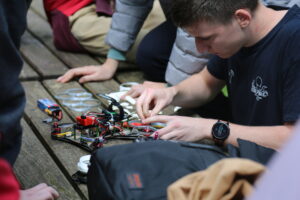
MECAERO 2024 training: presentation of student projects
At the same time, Henry plays an active role in the Materials Center, organizing DMS Week B3, an interdisciplinary event dedicated to artificial intelligence applied to materials science. His enthusiasm for innovation and interdisciplinarity has made him a key figure in the team.
“His energetic investment in these activities, as well as his intelligence in promoting interdisciplinarity, are a source of inspiration for us at CMAT. Personally, I’m very proud to work under Henry’s direction on these innovative educational initiatives,” says a CMAT member.
The award will be presented to Henry Proudhon at a ceremony on November 18, 2024 at the CNAM-Paris, on the occasion of the Journées Annuelles de la SF2M. The occasion will highlight his contributions to materials science and his key role in the teaching of mechanics of materials.
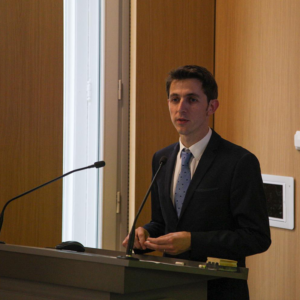
The aim of my research is to link the microstructure of materials, in particular their three-dimensional spatial organization on a scale of tens of microns, to the properties of the materials in use. What’s fascinating in this field is to see how fundamental research can be applied very quickly in industrial fields. We tend to forget that research is the source of progress in modern society, and that materials are absolutely everywhere in our lives: they enable us to produce our energy, transport us, protect us. In short, they underpin the organization of society and our comfort. In this sense, materials research is key to meeting the challenges that lie ahead, whether in terms of decarbonizing our society, improving system performance or making better use of resources through recycling. Machine learning methods based on large quantities of data have already enabled major advances in a number of scientific fields. There’s no doubt that the same will be true of the mechanics of materials, so it’s important to take an interest in them, whether to discover new materials, better analyze their microstructure or accelerate our simulations.
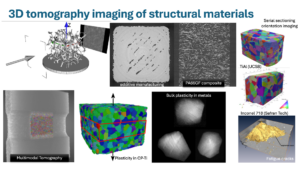
Visual illustration of the three-dimensional imaging of the structural materials I use in my research.
The idea came to me during a particularly stimulating stay in the USA at the University of California Santa Barbara. We were discussing the reform of the mechanics of solid materials course with colleagues at the school, and I came up with the idea of a major challenge where students, divided into teams, would test materials, model them, design their parts on a digital platform where they could simulate the deformation of the structure and, importantly, they would also build their drone using digital manufacturing tools and test it in flight.
Back in France, I organized this great challenge, which was an immediate success with the school’s students. The first difficulty was to assemble the equipment needed for the manufacturing process, and it’s important to underline the significant support we’ve received from the Education Department for several years now. In fact, a veritable FabLab was created (3D printing, laser cutting, CNC milling) in the mechanical room under the cafeteria. The challenge was to put together a teaching team to run the module and monitor the teams as they went along. Nearly 15 teacher-researchers (CMAT and CEMEF) took part and have continued to do so ever since.
The module has been constantly modernized since then, and now includes a fluid mechanics section where students design, test and manufacture their own propellers, with truly convincing results. A particularly stimulating and popular moment for the students is the feedback day, when they test-fly the drones they’ve built.
Materials science research relies heavily on imaging, whether optical, scanning electron microscopic or X-ray. In all these fields, advances in computer vision are leading to faster, more automatic characterization. Moreover, the search for a material with optimal properties for a given application has long been based on trial-and-error in a very high-dimensional space (think of chemical composition, for example). Artificial intelligence algorithms can now efficiently explore these very high-dimensional spaces, opening up new prospects for the discovery of new materials or the improvement of manufacturing processes. Simulation of in-service evolution (deformation, damage, fracture), which is particularly costly in terms of computing time, also benefits from these advances, with meta-models that will enable engineers to evolve the parameters of a system in real time, while verifying the integrity of the structure.
It’s important for our community to understand the stakes and master these new tools, and that’s why I decided to create this B3 week of the DMS Computer Vision and Machine Learning for the material scientistspecialized master’s program, which is available as a doctoral course for the community (and industry) and has already attracted around 200 participants.
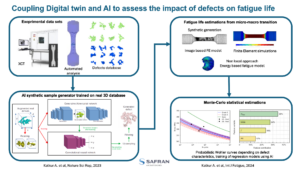
Visual illustration of the AI-assisted 3D mechanics of materials approach developed in Arjun Kalkur’s Cifre thesis (Safran Aircraft Engines).
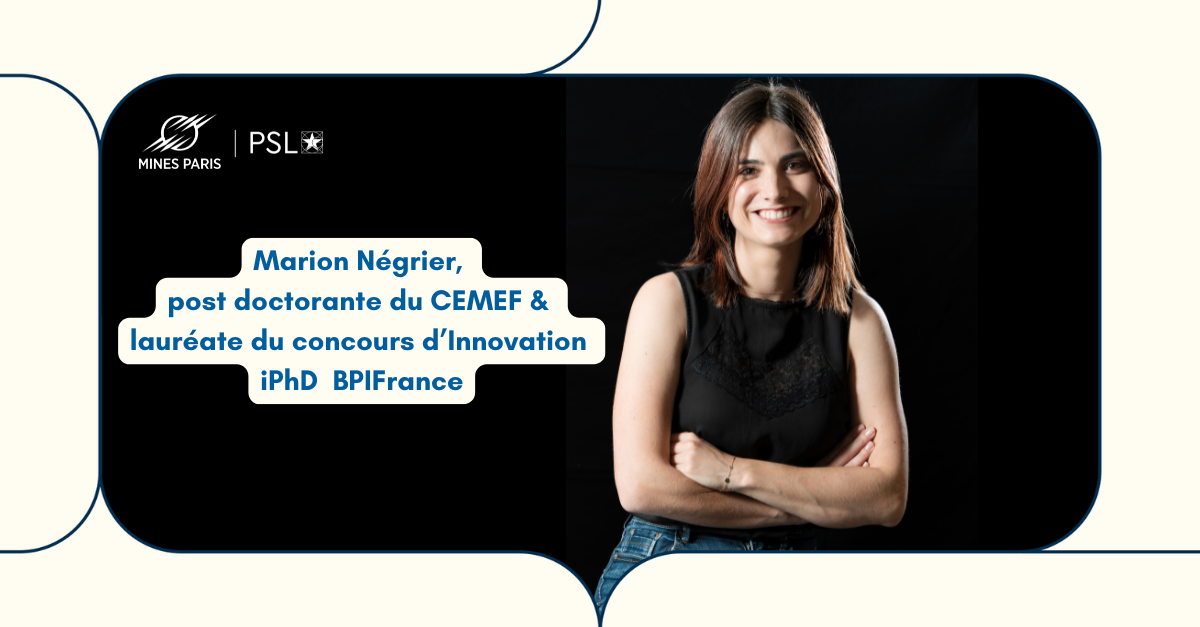
In 2019, the State launched the DeepTech Plan, operated by the Banque Publique d’Investissement, with the aim of making France a major player in disru...